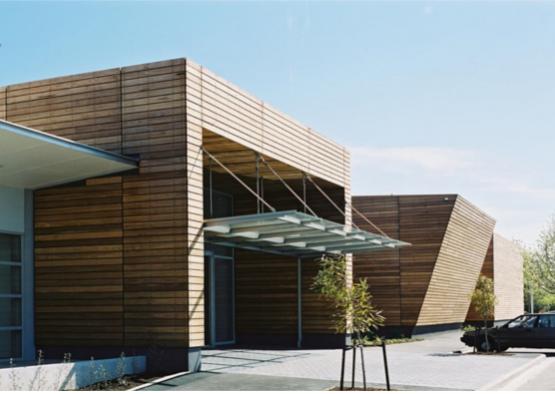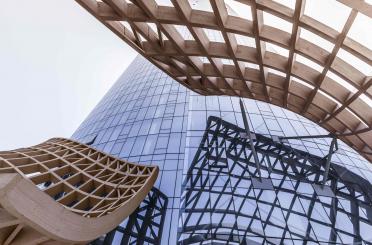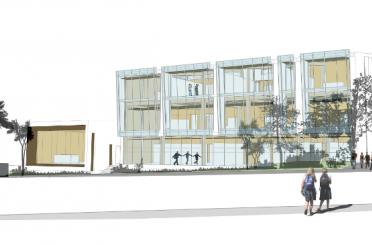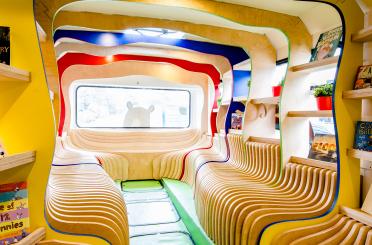
Overview
Aratoi, located in Masterton in the heart of the Wairarapa, is a purpose-built museum and art gallery complex. Both a storehouse of cultural taonga and a cultural meeting place for the local community, the complex requires adaptable spaces that lend themselves both to the exhibition and display of its artworks and to the more fluid needs of public performance and education.
Clad in weathered timber to reflect its role as a crate or container for our taonga, Aratoi has a distinctive street frontage that also acts as a visual transition to the town’s rural surroundings. Architecturally the complex consists of three components: an exterior courtyard that is able to be used as a Marae Atea, a circulation spine that provides easy navigation around the building as well as doubling as a gallery space, and three vessels offering gallery spaces able to be adapted to a variety of other uses. The multi-functional flexibility of this layout has ensured that the building is now used frequently for public performance.
In keeping with the modest budget of the project as well as an overall ethos of sustainability, as much of the existing building stock as possible was reused. Extensive and innovative use was also made of a new sustainable timber product, LVL (Laminated Veneer Lumber), a New Zealand first for a building of this scale. A sustainable strategy around operational efficiency, such as the selection of lighting that reduces operational running costs, was balanced with the need for strict interior environmental controls and other specialised services for the safe storage and exhibition of artifacts.
Structure
Initially it was envisioned that the building would have steel for its structural framework, however the architects ambitious approach to use laminated veneer lumber (LVL), a relatively new product in New Zealand at that time, allowed the building to be completed in a cost effective manner. The potential for LVL to reduce waste and utilise smaller plantation trees in a manufactured product displays some of the many sustainable qualities that wood has. From the street, Australian plantation blue gum covers the building in the form of a rain-screen. Behind the screen, wood battens create a cavity between the panels and the waterproofed plywood, effectively eliminating any leakage. The rain-screen will gradually weather over time mellowing the colour and texture of the wood.
The community rallied around the project providing both financial support and provision of building materials.The LVL was supplied by a local manufacturer and Aurecon Group Engineers were able to specifically design all of the 12m long rafters, posts, roof and shear wall bracing with the LVL. Being a new material, they had to find a new set of design strength parameters which had to be evaluated and incorporated into the analysis of LVL usage.



